Rare Rides: A 1979 Volvo 242 GT, Ready for Sports Driving

Today’s Rare Ride is from a time when a few of the sensible people at the Volvo Boxy Car Company created a special, sporty version of their mainstream model. From long ago and now largely forgotten, it’s the 1979 Volvo 242 GT.
The 200 Series was an immensely important one for Volvo as a small and independent car manufacturer. A new, modern entry into the midsize market, the 200 entered production in 1974. It was popular enough to stay in production longer than Volvo planned, and continued on through 1993. Volvo needed many production facilities for the popular 200, so in addition to two factories in Sweden, the 200 Series was also built in Belgium, Australia, Italy, Singapore, Thailand, Indonesia, and Canada.
All versions of the 200 were rear-wheel drive, and were sedan-shaped with two or four doors, or with five doors as a wagon. Many engines were used throughout its long run: The smallest was a 1.7-liter inline-four, and the largest a 2.8-liter PRV V6. Transmissions used had three or four speeds for automatics, and four or five speed as manuals.
One short-lived version of the 200 was the 242 GT, today’s subject. It was first made available in 1978 and 1979 globally, with an extended run into 1980 solely for North America. Aiming to draw customers who weren’t frumpy types with tweed jackets, Volvo pulled out several stops for the GT. A sports suspension was the most important change over standard 200s, which added stronger sway bars, and springs which were 30 percent firmer than on standard cars. The suspension changes were enough to make the GT oversteer where normal 200s understeered.
The initial engine was the same 2.1-liter inline-four as found in standard DL trims of the 242. It was the high compression version with mechanical fuel injection, and managed 123 horsepower. For 1979 and 1980 Volvo fitted a new 2.3-liter engine that produced a more respectable 140 horsepower.
Visible changes included a Mystic Silver paint scheme for all U.S.-bound cars, which featured red and black tape stripes developed by 3M. Canadian customers were also offered the 242 GT in black. All GTs had minimal exterior bright work, and additional black trim. The grille used integrated fog lamps for a more distinctive look, and the front end carried a chin spoiler.
Inside, all GTs had a black corduroy interior with vertical red stripes across the seats. Above passengers, Volvo installed a black headliner for the first time. Other interior changes were limited, but included a tachometer in the center of the gauges and a revised steering wheel cover. An aggressive red trim strip across the dash and doors replaced the black found in other models.
Volvo replaced the GT with the GLT Turbo models in 1981 as it upped its sporty sedan game with turbochargers (and never looked back). Today’s high-mileage 1979 example was located in Florida, posted on one of those sites which indexes old eBay ads.
[Images: Volvo, seller]

Interested in lots of cars and their various historical contexts. Started writing articles for TTAC in late 2016, when my first posts were QOTDs. From there I started a few new series like Rare Rides, Buy/Drive/Burn, Abandoned History, and most recently Rare Rides Icons. Operating from a home base in Cincinnati, Ohio, a relative auto journalist dead zone. Many of my articles are prompted by something I'll see on social media that sparks my interest and causes me to research. Finding articles and information from the early days of the internet and beyond that covers the little details lost to time: trim packages, color and wheel choices, interior fabrics. Beyond those, I'm fascinated by automotive industry experiments, both failures and successes. Lately I've taken an interest in AI, and generating "what if" type images for car models long dead. Reincarnating a modern Toyota Paseo, Lincoln Mark IX, or Isuzu Trooper through a text prompt is fun. Fun to post them on Twitter too, and watch people overreact. To that end, the social media I use most is Twitter, @CoreyLewis86. I also contribute pieces for Forbes Wheels and Forbes Home.
More by Corey Lewis
Latest Car Reviews
Read moreLatest Product Reviews
Read moreRecent Comments
- Tassos Tim is not that good with colors.The bright "pink" is not pink, but FUCHSIA. Both colors may look good on a woman's sweater, but not on steel panels.
- Tassos While I was a very satisfied owner of a much earlier Accord COupe 5 speed (a 1990 I owned from 1994 to 2016), I don't like the exterior styling of this one so much, in fact the 2017 sedan looks better. Or maybe it sucks in white. The interior of my 1990 was very high quality, this one looks so-so. The 157 k miles were probably easy highway miles. Still, Hondas are not Toyotas, and I remember the same service (like timing belt replacement) back then cost TWICE for an Accord than for a Camry. Add to this that it has the accursed CVT, and it's a no. Not that I am in the market for a cheap econobox anyway.
- 3-On-The-Tree My 2009 C6 corvette in black looks great when it’s all washed and waxed but after driving down my 1.3 mile long dirt road it’s a dust magnet. I like white because dust doesn’t how up easily. Both my current 2021 Tundra and previous 2014 Ford F-150 3.5L Ecobomb are white
- Bd2 Would be sweet on a Telluride.
- Luke42 When will they release a Gladiator 4xe?I don’t care what color it is, but I do care about being able to plug it in.



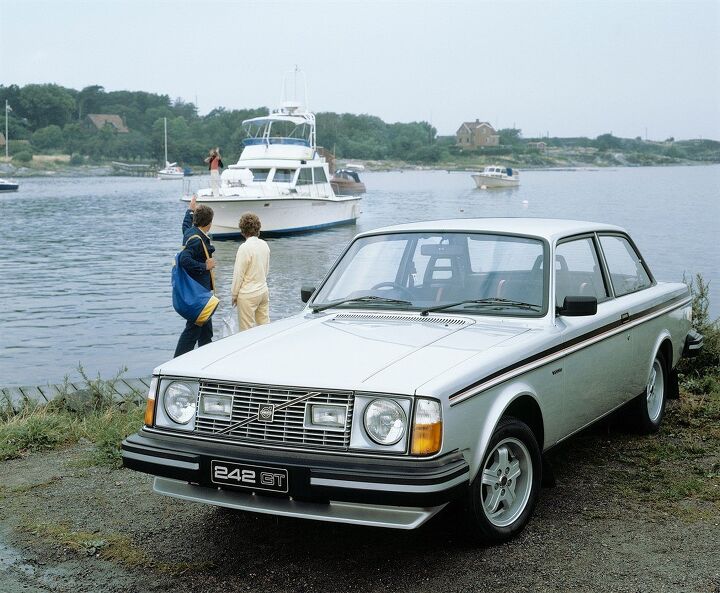





















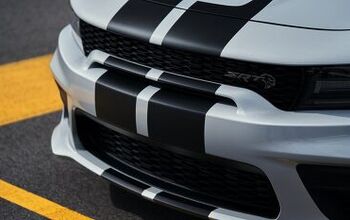


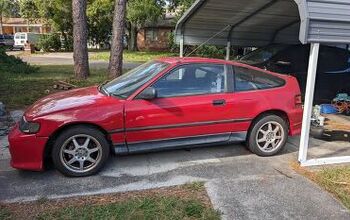




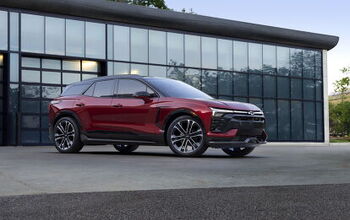


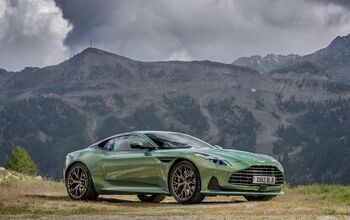


Comments
Join the conversation
If ever there was a car that begged for a crate LS swap, this would be it.
Most powerful and fastest Volvo was 1984 yearmodel 242 Turbo. Engine was still B19ET, but now with intecooler (engine model was B19ETIC). 170hv/250Nm. Volvo's main competitor in Scandinavia was Saab and Saab was years ahead in Turbo technic. Saab 99/900 Turbo's both sold very well, Volvo Turbos weren't success story.